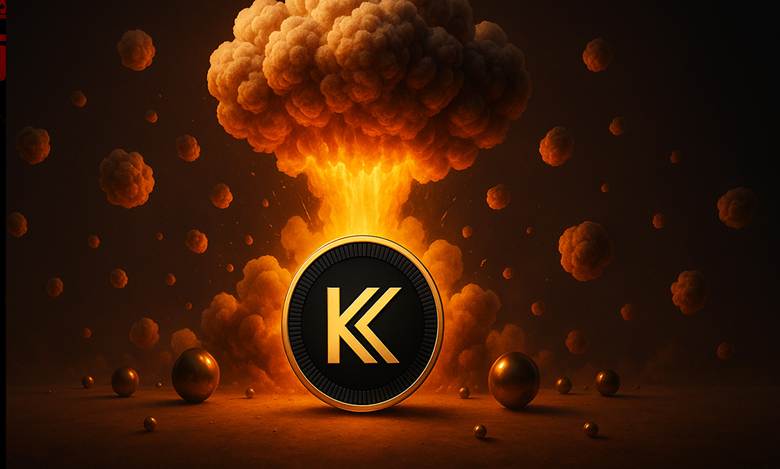Surely, on some occasion you have obcended to find the solution to a certain problem and, no matter how much you insist on finding a solution, nothing, there is no form. However, another day, without coming to the story, Zas! A brilliant and creative solution appears before you as a revelation. Congratulations, that’s a “Eureka Moment.”
No one knows exactly what mechanisms in the brain activate that spontaneous creative lighting momentalthough a group of neuroscientists of the Institute of Psychology of the University of Hamburg, believe they have found a culprit: the light sleep or N2, which is mainly reached to take a nap. But a brief, we know each other.
N2 dream and creative connections
A group of neuroscientists has published a study in the scientific journal PLOS Biology which points to sleeping one (or several) light naps during the day can be the key to unlocking creativity and the ability to solve difficult problems.
This discovery not only attracts attention for its simplicity, but also values a practice as healthy as it is to sleep nap. The study results suggest that, far from being a loss of time, sleeping a few minutes can activate certain mechanisms involved in the Creation of neuronal connections and in the processing of abstract concepts.
To reach these conclusions, scientists recruited 90 young and healthy volunteers. Each one was assigned a seemingly simple task, but they were not revealed that there was a trick to solve it more easily, so they had to discover it for themselves.
After four rounds of trials, the volunteers were invited to Sleep a 20 -minute nap while monitoring their brain activity with an electroencephalogram. The results showed that all groups improved their performance after nap, but the difference was notable depending on the sleep phase is achieved.


85.7% of those who reached the N2 phase of the sleep, that is, a light sleep state, managed to discover the solution to the problem. Instead, only 63.6% of those who stayed in phase N1 (a more superficial sleep level) achieved it. Only 55.5% of those who remained awake found the trick to solve the task.
“Sleep EEG data showed that sleep N2, but not the N1, increases the probability of having mental lucidity after a nap, suggesting a specific role in the deepest sleep. We find a beneficial effect of sleep N2 in the Probability of having a vision after the napwhich suggests the need for a deeper dream to have a vision, “says the researchers in the study.
“What really struck me by sharing these findings with my environment, especially with creative people, was the great impact they had. Many identified with our results and personally experienced a great (creative) advance after a nap,” he said to Newsweek Anika Löwe, one of the study authors.
Limitations and nuances of the study
Although the data is promising, the authors themselves warn that the method used does not allow precisely to be completed if the benefit observed is exclusively due to entering a certain state of sleep, to the simple rest, or other mental factors that occur during the pause.
However, as indicated in their investigation, the results obtained only delimit an increase in the chances of getting a time Eureka after reaching a N2 sleep phase, but recognize that they cannot determine exactly the reason why this spontaneous inspiration occurs.

“In summary, our findings suggest a role of sleep N2 in facilitation of inspiration, but more work is needed to determine precise mechanisms and to distinguish the effects of the dream of other factors such as disconnection of the task or rest,” which implies that there are still open questions about the exact mechanisms that facilitate these moments Eureka.
Get away from the problem to find the solution
The rest, the change of approach or the simple fact of “taking distance” of the problem could be playing a role as important as one’s dream in itself. Therefore, although phase N2 seems to be associated with a greater number of chances of having a eureka moment, it cannot be ruled out that other elements, such as mental relaxation or temporal disconnection of the task, they are also decisive.
In statements a Eldiario.esPablo Barrecheguren neuroscientific expert in sleep, highlights that the candidates were exposed to the evidence under a lack of sleep of 30% during the previous night, so “in addition, when performing only very short naps, the work also does not give information on what is the effect of leaving the subjects to sleep longer naps until reaching the deepest states of the dream.”
Beyond the technical details and doubts about the neuronal mechanisms involved, the main message is clear and applicable to everyday life: if you face a complex problem and fail to find the exit, it is best to change activity, take distance and, if possible, sleep a brief nap.
“It is often reported that inspiration occurs during periods of rest or sleep, when the mind is disconnected from the problem in question,” so the moments Eureka usually appear in the shower, when you try the dishes or while driving. These are times when the brain is not consciously focused on the problem and can activate its abstraction capacity.
This idea is not new. Geniuses like Thomas Edison or Salvador Dalí already practiced creative nap to stimulate their ingenuity by promoting the appearance of these moments of revelation. Friedrich August Kekulé said he had deciphered the secret of the benzene chain after waking up from a nap.
Now, science begins to demonstrate that, indeed, sleeping a light nap can be The definitive trick to solve the most difficult challenges. If it doesn’t work, then you get.
In WorldOfSoftware | “Doing nothing” is a great technique to improve your productivity. Neuroscience is clear
Imagen | Unsplash (Mika Ruusunen, Adrian SwanCar)











